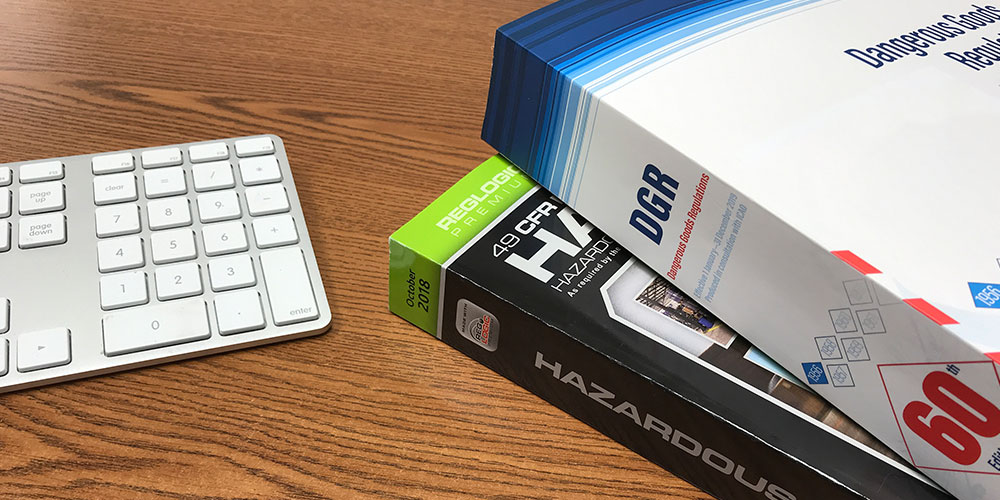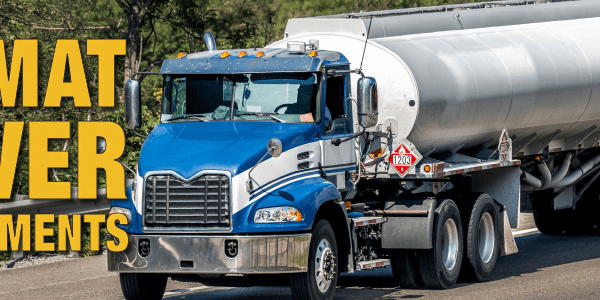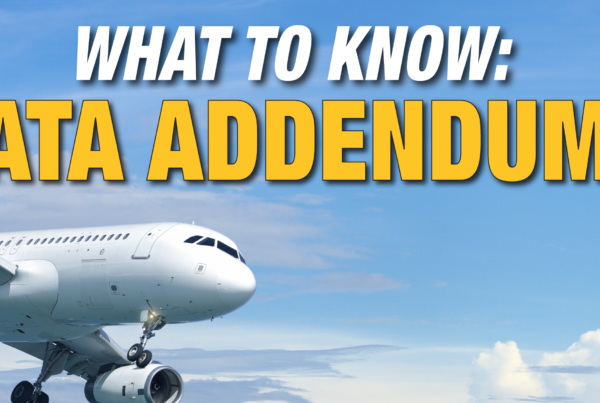The Pipeline and Hazardous Materials Safety Administration (PHMSA) issued a final rule on October 18th. As you know, the only way to amend or change Title 49 for Transportation in the Code of Federal Regulations is through a rule making process. This particular docket number is HM–259. Its goal is to “align the U.S. Hazardous Materials Regulations with current international standards for the air transportation of hazardous materials”. It has an effective date of October 18, 2018. While the published rule is 23 pages long, I have attempted to hit the highlights here. If you wish to read the entire final rule with the discussion on comments received, you can go to https://www.phmsa.dot.gov/regulations-fr/rulemaking/2018-22114.
Highlights of HM-259
- 172.101 – Removal of A3 and A6 from Column 7 for multiple entries in the HMT. Provision A3 will be removed from all Packing Group I entries. Provision A6 will be removed from all liquid entries to which it is assigned.
- 172.102 – A3 revised and now reads as follows: “For combination packagings, if glass inner packagings (including ampoules) are used, they must be packed with absorbent material in tightly closed rigid and leakproof receptacles before packing in outer packagings.” There is no longer a mention of using “tightly closed metal receptacles”.
- 175.10(a)(18)(i) – Revised portable electronic devices by passengers and crew. This section has been expanded to include portable medical electronic devices with lithium metal batteries with over 2 grams of lithium but not exceeding 8 grams and with operator approval. It now also has an allowance for spare batteries. Passengers and crew are now limited to no more than 2 lithium metal batteries with over 2 grams but less than 8 grams of lithium to be carried as spares for these medical electronic devices in carry-on baggage. These spares must be with the portable electronic device they are intended to operate and again with operator approval.
- 175.30(c)(1) – Revised the requirements for inspection and acceptance packages, outer containers and overpacks of hazardous materials. The previous version of this paragraph prohibited packages and overpacks with holes, leakage or other indications that the integrity had been compromised. It is now simplified and prohibits those packages, containers, etc., that has leakage or other indications that the integrity has been compromised.
- 175.33 – Complete restructure for better alignment with ICAO Technical Instructions for the shipping papers and information given to the pilot-in-command. Such changes here involve when the information must be provided and clarification that those lithium batteries that meet 173.185(c), those excepted batteries, are not required to appear on information given to the pilot-in-command.
- 175.88(c) – Requirements for inspection, orientation and securing of packages of hazardous materials on board a plane. The new version breaks this section down into several subparagraphs. This section will now be listed as follows:
(c) Packages containing hazardous materials must be:
(1) Secured in an aircraft in a manner that will prevent any shifting or change in the orientation of the packages;
(2) Protected from being damaged, including by the shifting of baggage, mail, stores, or other cargo;
(3) Loaded so that accidental damage is not caused through dragging or mishandling; and
(4) When containing Class 7 (radioactive) materials, secured in a manner that ensures that the separation requirements of §§175.701 and 175.702 will be maintained at all times during flight.
With this rule making we are again one step closer to full harmonization with international regulations. While not completely there at least we are getting closer. Stay tuned. As the end of 2018 approaches I expect more rule makings to be published.







 ICC USA
ICC USA ICC Canada
ICC Canada